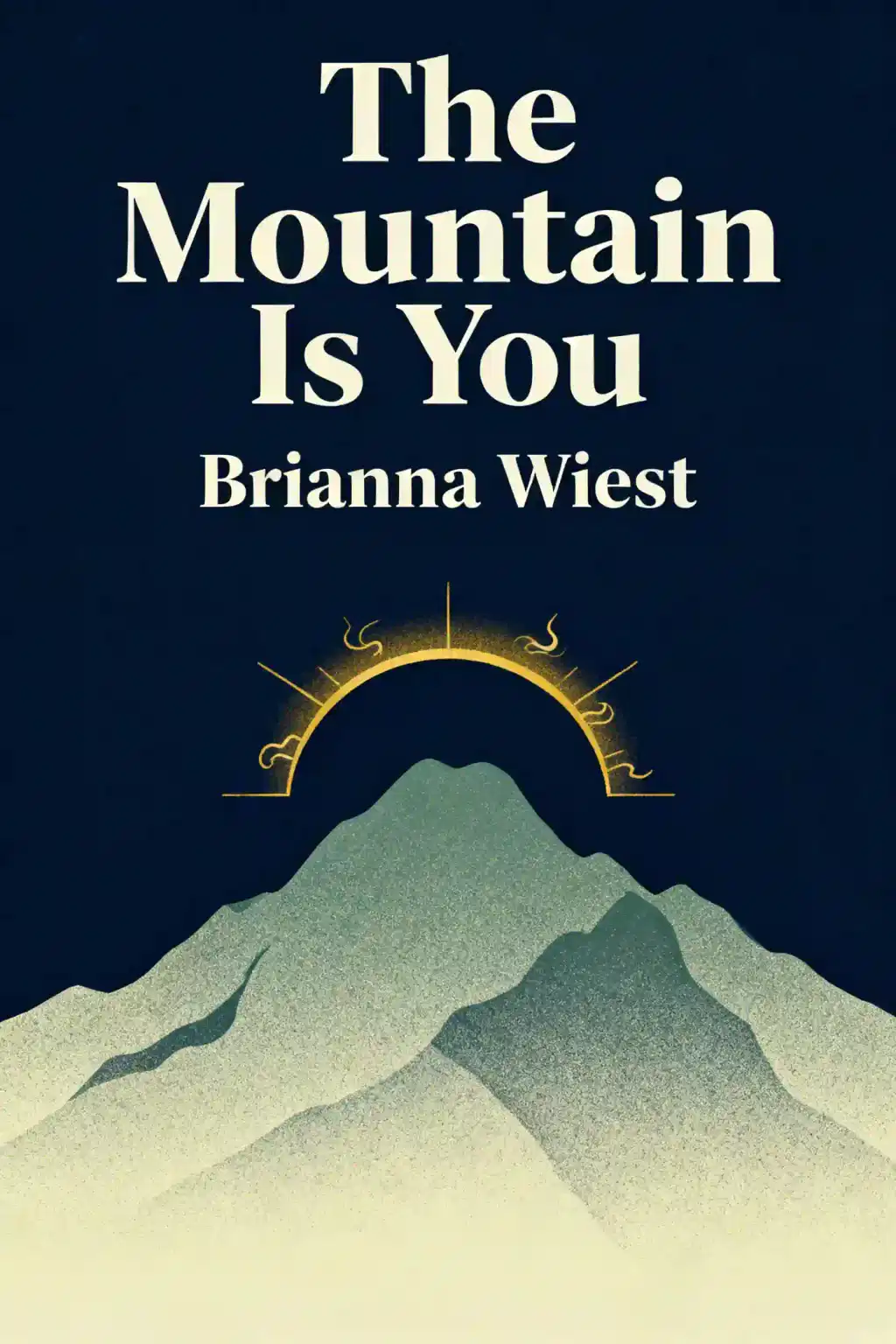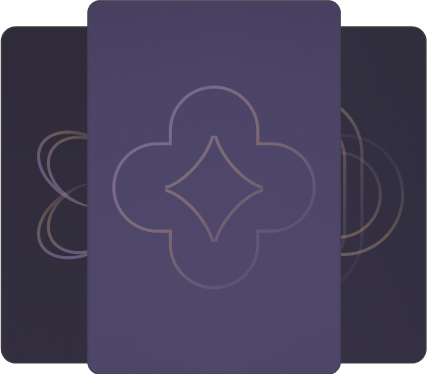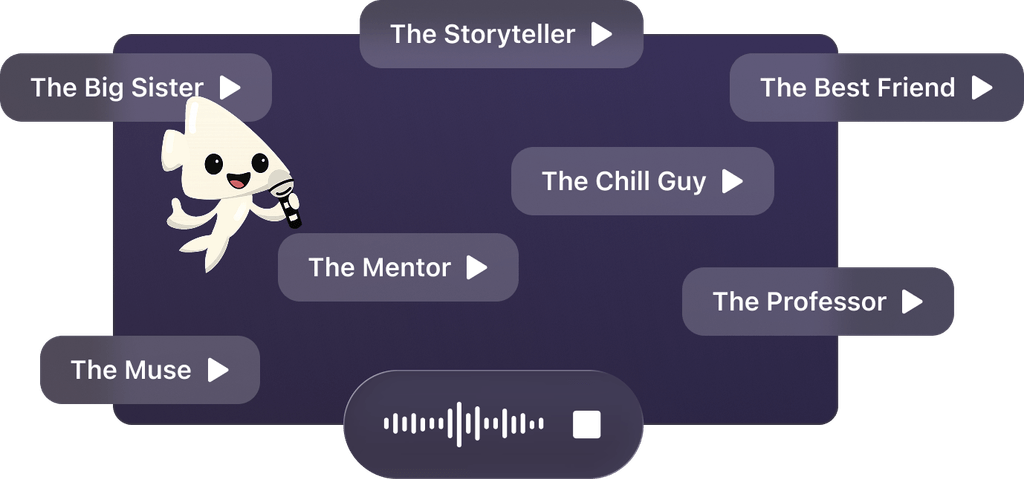
The Mountain Is You by Brianna Wiest Summary
Brianna Wiest's cult-favorite guide transforms self-sabotage into self-mastery. With 177,000+ ratings on Goodreads and viral BookTok status, it's the rare self-help book that feels like poetry. As influencer Kalyn Nicholson asks: "Why do we climb mountains that we built ourselves?"
About the author
Brianna Wiest is the bestselling author of The Mountain Is You: Transforming Self-Sabotage Into Self-Mastery and a leading voice in modern self-help literature. A graduate of Elizabethtown College with a B.A. in English and an Honorary Doctorate in Literature, Wiest merges her academic background with personal insights gained from overcoming anxiety, OCD, and depression.
Her work, including 101 Essays That Will Change The Way You Think and The Pivot Year, explores themes of self-awareness, emotional resilience, and intentional living, resonating with readers seeking actionable strategies for personal growth.
Formerly a journalist for Forbes and Teen Vogue, Wiest now partners with Thought Catalog, where she amplifies her transformative messages through essays, newsletters, and social media. Her books have sold millions of copies worldwide, appearing on global bestseller lists and earning features in Harper’s BAZAAR, Yoga Journal, and The Today Show.
Translated into over 40 languages, The Mountain Is You has become a cornerstone of contemporary self-help, praised for its blend of psychological depth and accessible wisdom. Wiest’s pragmatic approach continues to inspire readers to reframe challenges as opportunities for growth.
FAQs About This Book
The Mountain Is You explores self-sabotage as a subconscious protection mechanism, offering strategies to transform it into self-mastery. Brianna Wiest uses the metaphor of an internal "mountain" to represent unresolved emotional conflicts and provides actionable steps to build emotional resilience, confront triggers, and align conscious goals with unconscious needs.
This book suits individuals struggling with procrastination, negative self-talk, or unfulfilled potential. It’s ideal for readers seeking deep self-examination rather than quick fixes, particularly those interested in emotional intelligence, mindset shifts, and overcoming internal barriers to personal growth.
Yes, for readers committed to inner work. While some criticize its repetitive style and abstract metaphors, the book provides valuable frameworks for understanding self-sabotage and actionable strategies for lasting change. Fans of Brené Brown or Eckhart Tolle may appreciate its introspective approach.
Self-sabotage stems from conflicting conscious and unconscious needs. By facing these internal conflicts—your "mountain"—you cultivate self-mastery. Growth requires embracing imperfection, processing emotions, and releasing outdated beliefs to build a life aligned with your true self.
Wiest redefines self-sabotage as a subconscious attempt to protect oneself from unmet needs or fears, such as fear of failure or change. It manifests through procrastination, avoidance, or negative patterns that hinder progress despite conscious desires.
- Internal mountains: Metaphors for deep-seated emotional conflicts.
- Emotional excavation: Understanding feelings as guides, not obstacles.
- Self-mastery: Transforming sabotage into intentional growth.
- Radical acceptance: Embracing imperfection and过往 beliefs.
The "mountain" symbolizes internal barriers formed by conflicting needs, akin to tectonic plates colliding. Climbing it represents confronting self-sabotage, while reaching the summit reflects self-mastery and lasting personal transformation.
Some readers find the writing repetitive, with abstract or "pseudo-spiritual" language. Critics note that its depth may overwhelm those seeking practical, step-by-step advice. However, proponents praise its introspective prompts and mindset-shifting insights.
Unlike tactical guides (e.g., Atomic Habits), Wiest’s work focuses on emotional root causes, similar to Brené Brown’s vulnerability research or Eckhart Tolle’s mindfulness emphasis. It’s less prescriptive but offers profound reflective exercises.
- “Your mountain is the block between you and the life you want to live.”
- “To heal, you must shift from a mindset of survival to one of growth.”
- “Self-sabotage is what happens when we refuse to consciously meet our needs.”
In an era of rapid change, its emphasis on adaptability, emotional resilience, and self-trust resonates. The book addresses universal struggles like burnout and identity shifts, making it a timely resource for navigating modern uncertainties.
Wiest advocates “emotional granularity”—identifying and validating feelings rather than suppressing them. By reframing emotions as data, readers learn to respond thoughtfully to triggers, fostering resilience through self-awareness and intentional action.
Quick Summary Mode - Read or listen to The Mountain Is You Summary in 9 Minutes
Break down key ideas from The Mountain Is You into bite-sized takeaways to understand how innovative teams create, collaborate, and grow.
Flash Card Mode - Top 10 Insights from The Mountain Is You in a Nutshell
Distill The Mountain Is You into rapid-fire memory cues that highlight Pixar’s principles of candor, teamwork, and creative resilience.

Fun Mode - The Mountain Is You Lessons Told Through 20-Min Stories
Experience The Mountain Is You through vivid storytelling that turns Pixar’s innovation lessons into moments you’ll remember and apply.
Personalize Mode - Read or listen to The Mountain Is You Summary in 0 Minutes
Ask anything, pick the voice, and co-create insights that truly resonate with you.

From Columbia University alumni built in San Francisco
See More Stories?

Get the The Mountain Is You summary as a free PDF or EPUB. Print it or read offline anytime.
























